
Beloit is a city in Rock County, Wisconsin, United States. As of the 2020 census, the city had a population of 36,657 people. Beloit is a principal city of the Janesville-Beloit Metropolitan Statistical Area and is included in the Madison Combined Statistical Area.
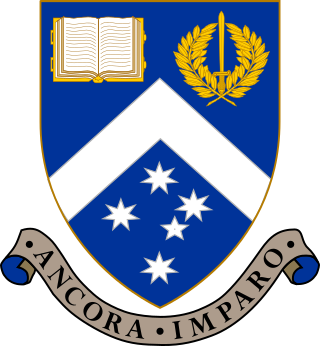
Monash University is a public research university based in Melbourne, Victoria, Australia. Named after prominent World War I general Sir John Monash, it was founded in 1958 and is the second oldest university in the state. The university has a number of campuses, four of which are in Victoria, one in Malaysia and another one in Indonesia. Monash also has a research and teaching centre in Prato, Italy, a graduate research school in Mumbai, India and graduate schools in Suzhou, China and Tangerang, Indonesia. Monash University courses are also delivered at other locations, including South Africa.

Wesleyan University is a private liberal arts university in Middletown, Connecticut, United States. Founded in 1831 as a men's college under the Methodist Episcopal Church and with the support of prominent residents of Middletown. It is currently a secular institution.
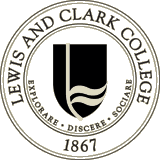
Lewis & Clark College is a private liberal arts college in Portland, Oregon. Originally chartered in 1867 as the Albany Collegiate Institute in Albany, Oregon, the college was relocated to Portland in 1938 and in 1942 adopted the name Lewis & Clark College after the Lewis and Clark Expedition. It has three campuses: an undergraduate College of Arts and Sciences, a School of Law, and a Graduate School of Education and Counseling.

The University of Vermont (UVM), officially titled as University of Vermont and State Agricultural College, is a public land-grant research university in Burlington, Vermont. Founded in 1791, the university is the oldest in Vermont and the fifth-oldest in New England, making it among the oldest in the United States. It is one of the original eight Public Ivies.
The University of Wisconsin–Whitewater is a public university in Whitewater, Wisconsin. It is part of the University of Wisconsin System. Student enrollment in the 2014–2015 academic year was more than 12,000. The university offers 47 undergraduate majors and 13 graduate programs. Approximately 1,400 faculty and staff are employed by the university, and the student body consists of individuals from about 40 US states and 30 countries.

The University of Wisconsin–Milwaukee is a public urban research university in Milwaukee, Wisconsin. It is the largest university in the Milwaukee metropolitan area and a member of the University of Wisconsin System. It is also one of the two doctoral degree-granting research universities and the second largest university in Wisconsin.
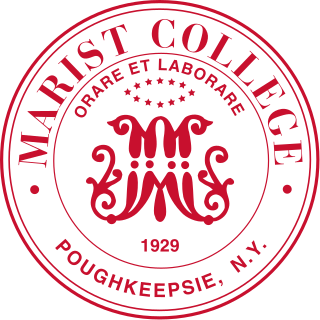
Marist College is a private university in Poughkeepsie, New York. Founded in 1905, Marist was formed by the Marist Brothers, a Catholic religious institute, to prepare brothers for their vocations as educators. By 1969, the college had become private with a predominantly lay board of trustees and in 2003, the Catholic Church recognized Marist as a secular institution.

Earlham College is a private liberal arts college in Richmond, Indiana. The college was established in 1847 by the Religious Society of Friends (Quakers) and has a strong focus on Quaker values such as integrity, a commitment to peace and social justice, mutual respect, and community decision-making. It offers a Master of Arts in Teaching and has an affiliated graduate seminary, the Earlham School of Religion, which offers three master's degrees: Master of Divinity, Master of Ministry, and Master of Arts in Religion.

Marquette University is a private Jesuit research university in Milwaukee, Wisconsin. Established by the Society of Jesus as Marquette College on August 28, 1881, it was founded by John Martin Henni, the first Bishop of the diocese of Milwaukee, Wisconsin. Initially an all-male institution, Marquette became the first coeducational Catholic university in the world in 1909.
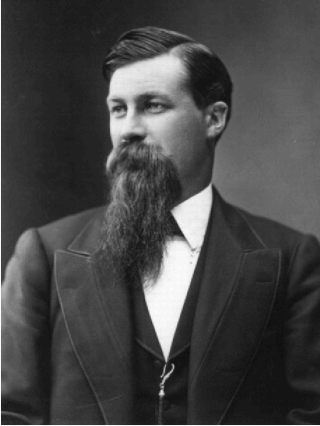
Thomas Chrowder Chamberlin was an American geologist and educator. In 1893 he founded the Journal of Geology, of which he was editor for many years.

Northern Kentucky University is a public university in Highland Heights, Kentucky. Of its 15,000 students, over 10,000 are undergraduate students and nearly 5,000 are graduate students. Northern Kentucky University is the third largest university, behind the University of Cincinnati and Miami University, of Greater Cincinnati's four large universities and the youngest of Kentucky's eight public universities. Among the university's programs are the Salmon P. Chase College of Law and the College of Informatics.

The University of Wisconsin–Stevens Point is a public university in Stevens Point, Wisconsin. Established in 1894, it is part of the University of Wisconsin System. UW-Stevens Point grants associate, baccalaureate, and master's degrees, as well as doctoral degrees in audiology, educational sustainability, and physical therapy. In 2018, UW-Stevens Point merged with UW-Stevens Point at Wausau and UW-Stevens Point at Marshfield. The 406-acre (164 ha) main campus includes the 280-acre (113 ha) Schmeeckle Reserve on the north side of the Campus. There are 15 academic buildings, and 13 Residence Halls.
Alonzo W. Pond was an American archaeologist.

John A. Logan College is a public community college in Carterville, Illinois. It is part of the Illinois Community College System. As of 2022, it had a total enrollment of 3,272 students.
The Wright Museum of Art is a small art museum maintained and operated by Beloit College in Beloit, Wisconsin. It houses a collection of approximately 6,000 objects, has five gallery spaces, and provides training for undergraduate students in museum studies. The building is also home to the department of studio art and art history.

The University of Wisconsin–Madison is a public land-grant research university in Madison, Wisconsin, United States. Founded when Wisconsin achieved statehood in 1848, UW–Madison is the official state university of Wisconsin and the flagship campus of the University of Wisconsin System. It was the first public university established in Wisconsin and remains the oldest and largest public university in the state. UW–Madison became a land-grant institution in 1866. The 933-acre (378 ha) main campus, located on the shores of Lake Mendota, includes four National Historic Landmarks. The university also owns and operates the 1,200-acre (486 ha) University of Wisconsin–Madison Arboretum, located 4 miles (6.4 km) south of the main campus, which is also a National Historic Landmark.
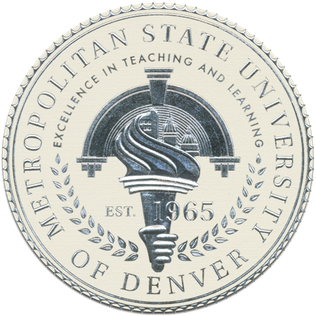
Metropolitan State University of Denver is a public university in Denver, Colorado. It is located on the Auraria Campus, along with the University of Colorado Denver and the Community College of Denver, in downtown Denver, adjacent to Speer Boulevard and Colfax Avenue. MSU Denver had an enrollment of 15,682 students in the fall of 2022.

Chamberlin Springs is a former recreational site outside of Beloit, Wisconsin, United States, that is now property of Beloit College. Started by Thomas Chrowder Chamberlin, a graduate of Beloit College in 1866, and his brother, John Chamberlin. Chamberlin Springs was originally a spring water business run by the Iodo-Magnesian Spring Company. Water from the spring was bottled up and sold for $7.00 "per barrel of 40 gallon, including package." The water from Chamberlin Springs was said to have healing properties, and was endorsed by several prominent community members from Beloit, including Beloit College's first President Aaron Lucius Chapin. The Iodo-Magnesian Springs, as they were originally called, attracted people from all across the Midwest, not just Beloit or Wisconsin as a whole. Chamberlin Springs is now a property of Beloit College and is used by students for geological, anthropological, and ecological research.

Chamberlin Hall is home of the University of Wisconsin-Madison Physics Department, located on the main campus in Madison, Wisconsin. The L.R. Ingersoll Physics Museum is hosted on the second floor.






















